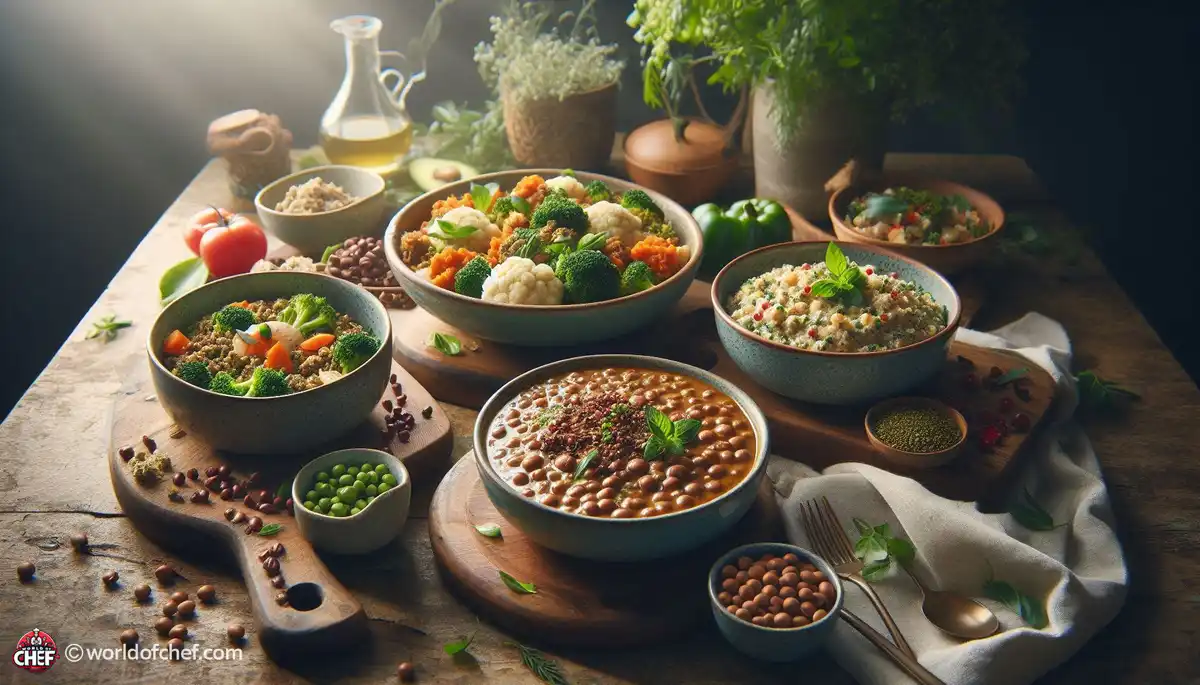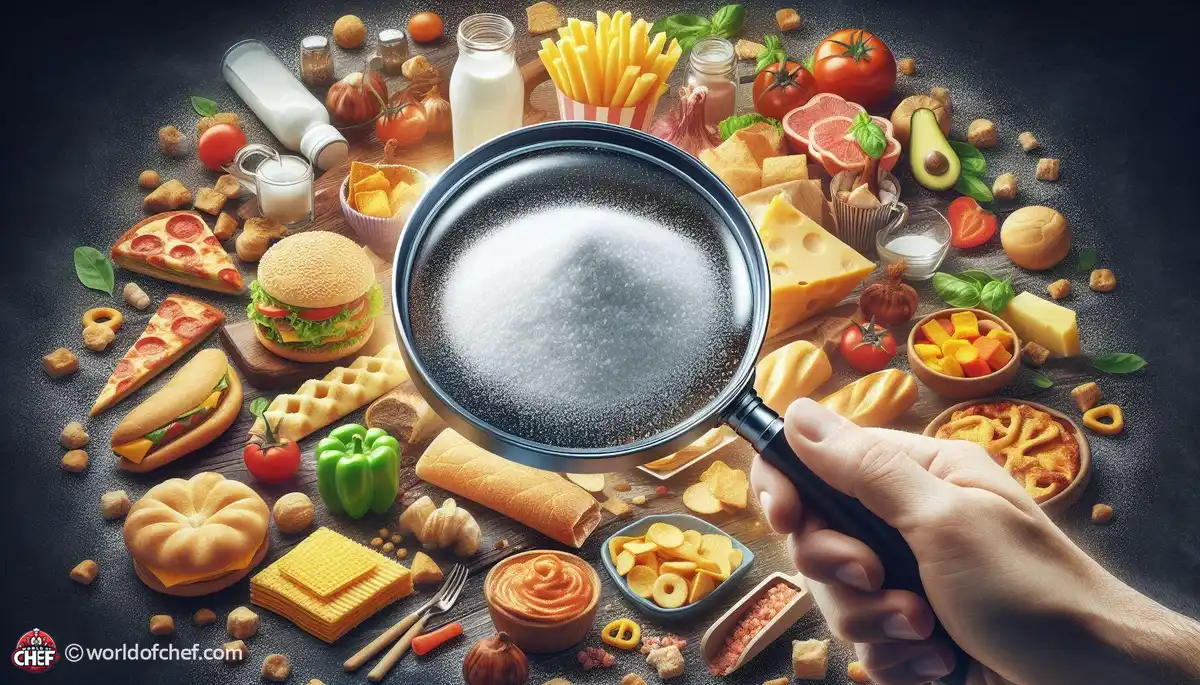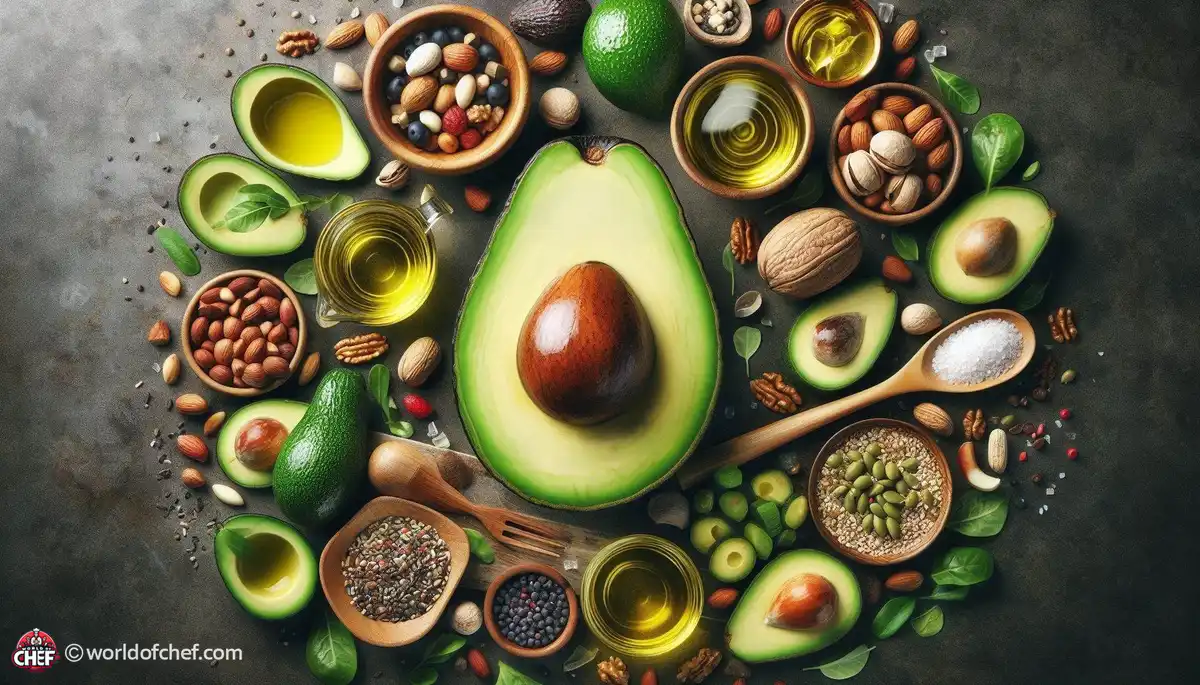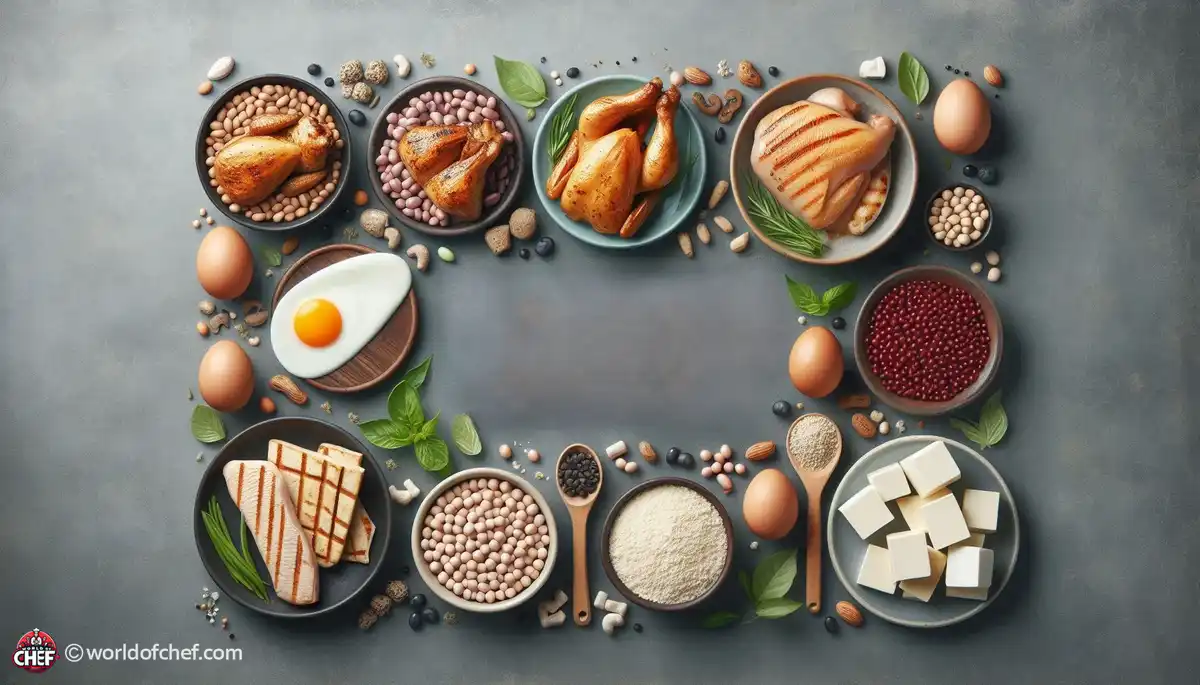
Dinner Delights: High-Fiber Recipes for Every Palate
Clarence Guido - Oct 7, 2024 - 7 min read


Sodium mainly hides in our favorite snacks, adding flavor and hence taste. However, unsuspecting many is the subtle nature with which it approaches. From processed snacks and seemingly harmless condiments to the foods we consume to live, sodium creeps into our diets in unsuspecting ways. First and foremost, understanding its presence and effect is a first step towards making intelligent dietary choices.
The not-so-obvious sodium bombs like potato chips and canned soups are nothing compared to what can be hidden inside foods that are otherwise known as healthy. Salad dressings, for instance, have some notorious sodium loads of over 200 milligrams per tablespoon. Such hidden sources are masked enough that you may end up losing control of your sodium intake and put your health in danger.
Deciphering food labels can be like trying to crack a secret code, but deciphering is crucial in discovering hidden sodium. Pay close attention not only to the "sodium" line but also to ingredients such as monosodium glutamate (MSG), sodium bicarbonate, and sodium nitrate. These additives can provide substantial amounts of sodium without you even realizing it.
Be careful of serving size manipulation on food labels; this can often make you underestimate your sodium intake. A small-looking bag of chips may claim to have only 100 milligrams of sodium per serving, but if you tend to consume the whole bag, which is often what happens, you are really consuming much more. Therefore, check the serving size and do the math.
Eating out can be a minefield for sodium. Restaurant food is often salted for flavor and to preserve food freshness. Even seemingly healthy foods, such as salads, may contain stealthy sodium bombs in the form of dressings, sauces, and toppings. Here are common culprits so you can make wiser choices when dining out.
Navigating the restaurants' world of salt-topped salads, sodium-kissed soups, and grilled meats that always seem sprinkled with seasoning calls for strategy. Avoid fried offerings and opt instead for grill, steam, or baking, as they typically demand less added salt. To avoid sauces that have way too much added salt and dressings and other flavors that add loads of extra salt, do not forget to ask that they arrive on the table separately to be used and tasted when you desire so rather than indiscriminately smeared.
You don't have to lose flavor to cook low-sodium meals. Instead of salt, try herbs, spices, or citrus juices for their flavors. Fresh herbs of basil, cilantro, and rosemary can add flavor to any meal with little sodium.
Easy Swap in your cooking: it will remove all the bulk of sodium in the meal, but at no point will it compromise on its taste. Select low sodium broths and stocks. Fresh or frozen vegetables is a good alternative to their canned versions, and naturally unsalted Canned Beans as well as nuts. Just needs to come out from the creative box in your brain and adjust with what to do. It can be prepared to taste while yet being friendly to the heart.
Mindful eating is being attentive not just to the flavors and textures of food but also to what is put on the plate. Ensure that you are able to enjoy every crumb of food with mild flavor. This type of mindfulness tunes into the body's hunger and fullness cues, thus avoiding excess sodium-rich food.
Another way to lower sodium levels is through meal planning. Cooking at home allows one the complete control over ingredients used and how they are seasoned. Take some time once a week to plan meals and prepare, stock your kitchen with wholesome ingredients that nourish your body without weighing you down with sodium.
Although sodium is needed to perform normal body functions such as transmission of nerves, fluid balance, too much can cause serious harm to one's health. It raises the chances of diseases associated with high sodium intake like hypertension, heart disease, stroke, and kidney damage. Lowering your sodium intake limits your risks of contracting a serious disease.
Sodium is one of the most vital elements that help achieve ideal health. The intake of sodium should be less than 2,300 milligrams per day, while for most adults, the goal is 1,500 milligrams per day. This may require a little diet and lifestyle adjustment, but the long-term benefits make it all worth it.
Knowledge is power in the management of sodium. Arm yourself with information on hidden sources of sodium, how to read food labels, and how to make the right decisions when dining out. You can control your health and well-being through education on the dangers of excessive sodium and how to avoid them.
Remember, reducing sodium does not have to be an all-or-nothing process. Start with small changes: Replace salty snacks with Fresh Fruits and vegetables or start cooking at home more often. These little adjustments in time can add up to big improvements in your health and quality of life.
In such a world, where hidden sodium lurks around each corner, arming oneself with knowledge is the best defense. Knowing where to look for hidden sodium, how to read food labels, and what strategies for mindful eating might help a person take control over his or her sodium intake and better protect his or her health. All it takes is a little awareness and planning so you can continue to enjoy your favorite foods without sacrificing taste or putting your well-being at risk. So go ahead and take a step towards sodium-conscious eating and enjoy each bite as it comes with its flavors.

Clarence Guido - Oct 7, 2024 - 7 min read

Lydia Timmerman - Oct 6, 2024 - 6 min read

Logan Trowbridge - Oct 6, 2024 - 7 min read

Wayne Tobar - Oct 4, 2024 - 8 min read